Discovering the differences between poplar and birch trees can be daunting. While they share some common characteristics, there are striking distinctions between their wood grains, bark textures, growth rate, and other useful properties. Whether you’re deciding which tree to plant in your garden or just want to brush up on your arboreal vocabulary, this guide will help you determine what sets these two species apart from one another!
How to Identify Poplar Trees?
Poplar trees can be identified by their distinctive bark, leaves, and flowers. The bark of a poplar tree is generally smooth and gray or light brown in color. It may also have patches of small lenticels (air pores) scattered across its surface.
They are usually pale green in summer but turn yellow or golden-brown in autumn before they fall off the branches. Poplar trees produce inconspicuous clusters of tiny yellowish-green flowers that bloom in early summer.The wood from poplar trees is soft and lightweight with creamy white to yellow coloration. This type of wood is often used for furniture, cabinetry, and other interior woodwork. [1]
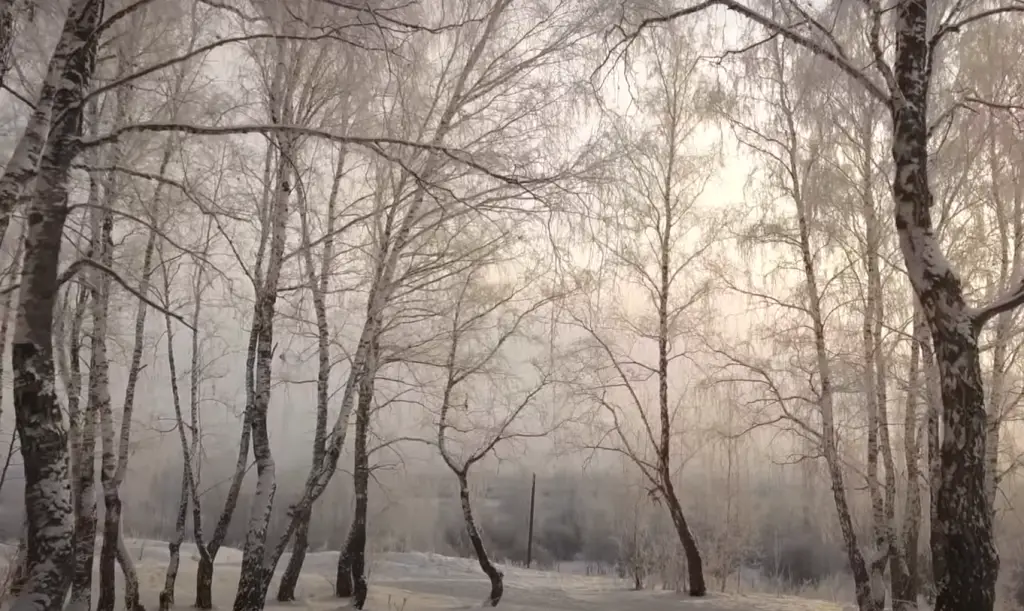
When trying to identify a poplar tree in the field, look for its distinguishing features, such as its bark texture, leaves shape and color, and yellow flowers. Also pay attention to the location of the tree – poplars thrive in moist soils near rivers and streams. This can help you narrow down your search if there are many types of trees in an area. Once identified as a poplar tree, you can take note of any distinctive features that may help with future identification.
Pros and Cons of Growing Poplar Trees
While there are some cons to growing poplar trees, the pros far outweigh the cons as long as they are properly cared for and managed correctly. With their fast-growth rate and low maintenance requirements, they can provide many benefits that other types of trees cannot offer. Ultimately, determining whether or not growing poplar trees is right for you depends on your particular situation and goals for your landscape.
Advantages
- Poplar trees are fast-growing, making them great for providing quick shade and wind protection.
- They require low maintenance, with minimal pruning needed to keep their shape.
- The wood from poplar trees is lightweight yet strong, making it a great material for building furniture or crafting items.
- Poplars also provide habitat for wildlife such as birds and small mammals, promoting biodiversity in the area they inhabit.
Disadvantages
- Some species of poplar tree are considered invasive, meaning that they can crowd out other native plants and even disrupt natural habitats when left unchecked by humans.
- The roots from poplar trees can cause damage to pavement, foundations, and underground utilities if planted too close.
- The leaves of some species of poplar tree produce a strong odor when they decompose.
- Poplar trees are prone to pests and diseases, so proper maintenance is essential for keeping them healthy. [2]
Popular Types Of Poplar Trees
Poplars are a popular tree to use in landscaping and gardening due to their fast growth and attractive foliage. There are many types of poplar trees, ranging from the tall, majestic white poplar to small ornamental varieties. Here is a look at some of the most popular types of poplar trees:
- White Poplar (Populus alba): These tall, graceful trees grow up to 80 feet high with a spread of 50 feet wide. They have light green leaves that turn yellow in fall and produce drooping clusters of flowers in spring. White poplars are tolerant to drought and poor soil conditions.
- Lombardy Poplar (Populus nigra ‘Italica’): This is a fast-growing, upright tree that can reach heights of 60 feet in as little as 10 years. Its leaves are dark green and its bark is grayish-brown with diamond shaped ridges.
- Black Poplar (Populus nigra): These trees grow up to 100 feet tall and have yellow-green foliage with reddish stems. The bark is deeply fissured and often covered in moss. They prefer wet conditions and are tolerant of cold weather.
- Tuliptree (Liriodendron tulipifera): This is an impressive flowering tree that grows up to 90 feet tall and has a pyramidal shape. It produces lance-shaped leaves that turn yellow in the fall, along with yellow-green tulip-shaped flowers. Tuliptrees are tolerant of urban pollution and can provide a nice shade for your garden.
- Chinese Weeping Poplar (Populus x canescens): This is an ornamental tree that features arching branches, feathery leaves, and yellow catkins in spring. It grows up to 70 feet tall with a spread of 40 feet wide and its bark is thick and furrowed. Chinese weeping poplars prefer moist soil conditions but are tolerant of drought once established. [3]
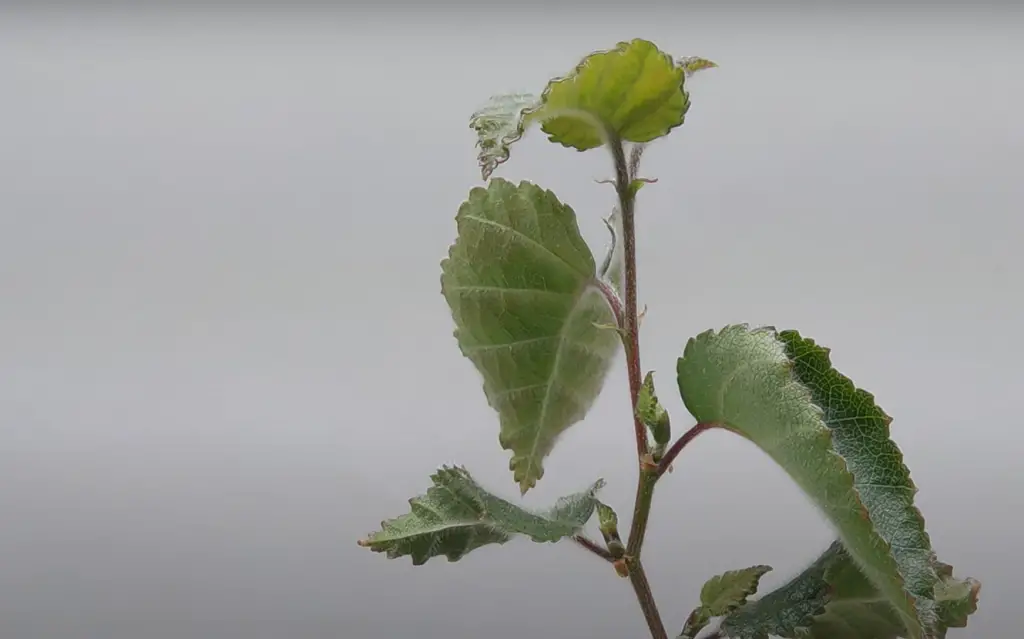
These are just some of the many types of poplar trees available today. If you’re looking for a fast growing tree with attractive foliage, one of these varieties may be just what you need for your landscape.
What Are The Peculiarities of Growing And Caring For Poplars?
One important thing to note is that poplars are short-lived trees; therefore, they require regular pruning and maintenance so that they remain healthy. Pruning should generally occur in late winter or early spring, as this will help ensure vigorous growth during the summer months.
Poplars should also be planted in well-drained soil with plenty of organic matter added to it. The tree’s roots should not be allowed to become waterlogged, as this can lead to root rot and other diseases. They are also prone to certain pests such as aphids and scale insects, so regular inspections should be carried out for signs of infestation.
Poplars do require plenty of sunlight in order to thrive, but they can tolerate some amount of shade. If the tree is planted in an area that is too shady for its liking, this can result in slow growth and poor health. Therefore it’s important to find a spot with enough sunlight for the poplar to flourish.
Finally, poplars are fairly drought tolerant once established. However, they need regular watering during the first few years of growth in order to get established. After this, they should only require occasional deep watering during dry periods. [4]
Poplars are great additions to the landscape due to their rapid growth and attractive foliage. However, they do come with some unique needs that need to be taken into consideration when planning how to care for them. With regular pruning, proper soil conditions and enough sunlight, a healthy and thriving poplar tree can provide many benefits for years to come.
How to Identify Birch Trees?
Birch trees are identified by their characteristic white bark. This is the most distinctive feature of these trees. The bark can also have a slightly yellow to reddish hue, with shallow ridges and scaly patches creating interesting patterns on the trunk. In addition, birch trees often contain small black spots that look like eyes, which are caused by a fungus known as Hypoxylon Canker.
The leaves of birch trees are serrated and oval-shaped with pointed tips. They range in size from 1 – 3 inches long, depending on the species of birch tree. The leaves usually come in two colors: pale green or light yellow during summer months and golden brown or orange during fall months. Additionally, many varieties of birch trees feature double-toothed leaves, which are slightly more serrated than single-toothed leaves.
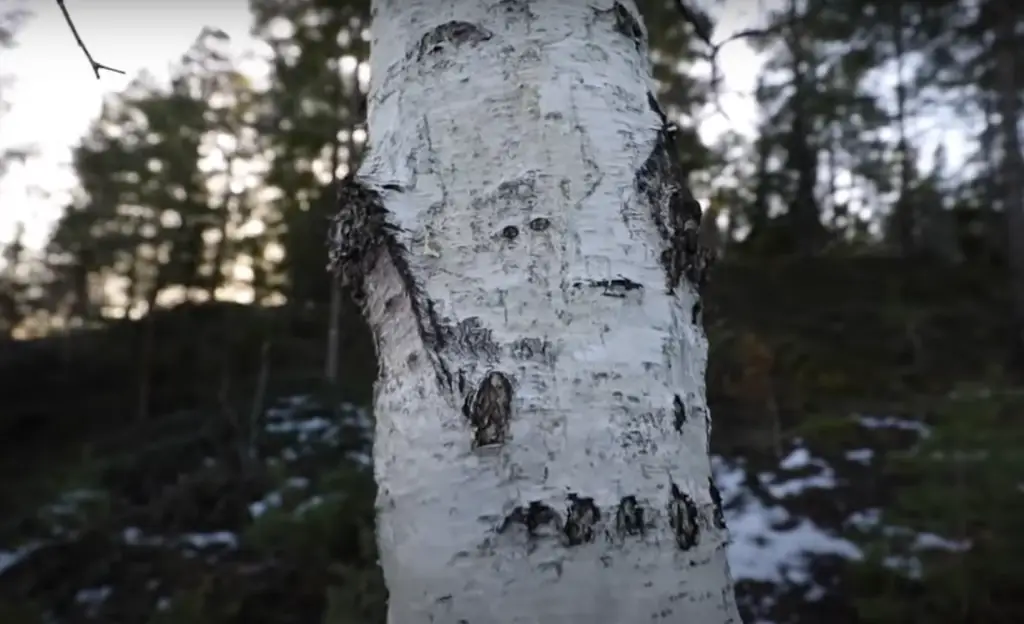
The catkins of birch trees are long and drooping clusters of flowers and fruits that hang from the twigs. Generally they are yellow or green in color, but some species may have white catkins or a combination of colors. During springtime the catkins burst open to reveal thousands of tiny seeds and then dry out during summer months.
They also grow quickly so they often appear much taller than other trees with similar ages. Additionally, younger trees often have more distinctive bark than older trees, making them easier to spot. [5]
By familiarizing yourself with these characteristics, you can easily identify a birch tree in the wild. Furthermore, if you take some time to observe the changing colors of its leaves throughout the year and the texture of its bark, you will be able to tell the difference between different species of birches. With a little practice you’ll soon be an expert birch tree identifier!
Pros and Cons of Growing Birch Trees
Advantages
- Birch trees are a fast-growing species that can quickly provide shade and help create privacy along boundaries.
- They are relatively low maintenance compared to other types of trees, needing little pruning or fertilization.
- Birch trees have beautiful bark colors ranging from white to grayish-brown, which makes them an attractive addition to any landscape or garden.
- Because they grow rapidly, birch trees can be used for timber production and woodworking projects such as furniture making and crafting decorative items like baskets or boxes.
Disadvantages
- Birch trees tend to have shallow roots that make them prone to toppling over in strong winds or heavy snowfall.
- They require a lot of sunlight for optimal growth and can suffer from leaf scorch if grown in shaded areas.
- There is an increased risk of disease due to their susceptibility to various fungal infections, as well as pests such as
- aphids or borers.
- Birch trees also have a short life span compared to other types of trees, typically lasting only around 20-30 years before needing to be replaced. [6]
Popular Types Of Birch Trees
The birch trees can be a great choice for creating privacy screens or adding unique character to landscaping designs.
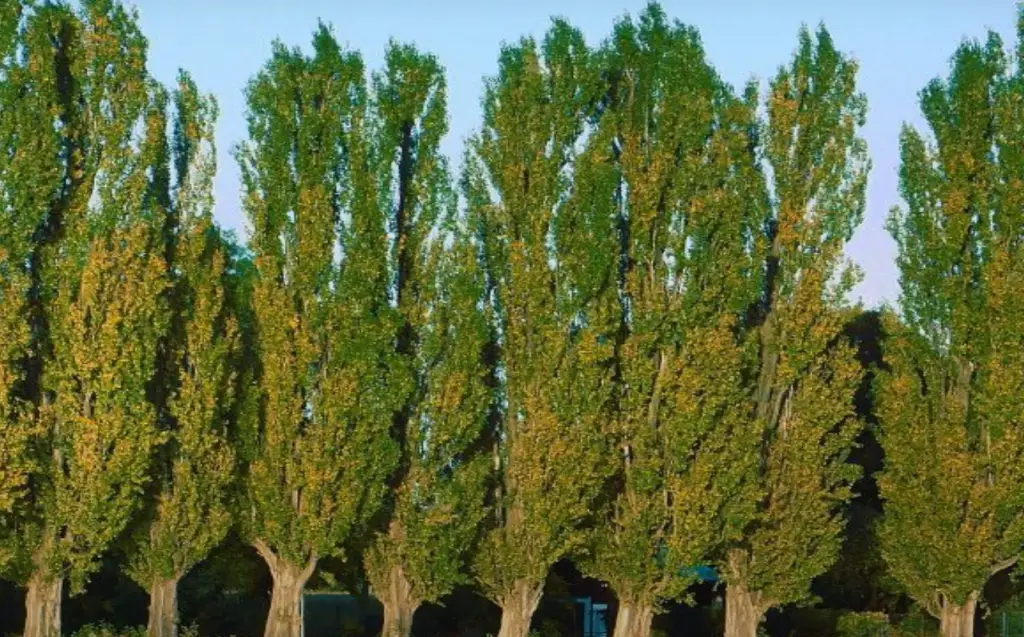
Their variety is impressive and sometimes you can even get lost in this huge selection.
- White Birch (Betula papyrifera) – This is the most common type of birch tree, known for its white bark and yellow-green leaves. It grows best in moist soil and is tolerant of cold temperatures.
- Silver Birch (Betula pendula) – This species has pale grayish-white bark with more triangular leaves than White Birch. It prefers slightly acidic soils and can tolerate urban environments better than other varieties.
- Weeping Birch (Betula pendula ‘Tristis’) – Also known as “Laciniata,” this variety has a contorted shape with dark green foliage and glossy white bark. It’s hardy to zone 4 and is a good choice for adding height to landscaping borders or as a unique specimen tree.
- River Birch (Betula nigra) – This type is native to the eastern U.S., and it grows best in wetter soils along rivers or streams. It has a reddish-brown bark that peels away in thin layers, making it an interesting addition to any landscape design.
- Paper Birch (Betula papyrifera ‘Vernus’) – This variety has yellow-green foliage and white bark with dark brown accents. It’s tolerant of windy conditions, so it’s a good choice for exposed sites or property borders with strong gusts of wind.
- Clump Birch (Betula pendula ‘Multiplex’) – This cultivar forms a bushy clump of stems with a mounded shape, making it an attractive addition to gardens and landscapes. The leaves are yellow-green in spring and turn yellow in the fall.
- Yellow Birch (Betula alleghaniensis) – This species has bright yellow bark with smooth texture and light green foliage. It prefers shady conditions and moist soil, making it suitable for growing under trees or along woodland paths. [7]
Poplar vs. Birch Trees – Differences
The two most popular deciduous trees are poplar and birch trees. Both trees share many similarities but there are certain elements that distinguish them from each other.
These trees have large leaves with soft green tops and grayish undersides. The bark is generally white with dark lines running vertically down the trunk. They commonly grow in areas with moist soils and plenty of sun exposure. Birch trees, on the other hand, tend to be slower growing than poplars but have a much longer life span of up to 200 years. Their leaves are smaller and more oval in shape with a glossy green upper side and a silver underside. The bark of birch trees is usually white or gray but can sometimes be spotted with dark patches or stripes. They grow best in moist, well-drained soils in shady areas.Poplar trees are generally considered to be more commercial, whereas birch trees are often planted for ornamental purposes because of their attractive bark and foliage. Poplars also produce many suckers that can sprout up around the tree’s base if not managed properly. In contrast, birch trees do not spread quickly by root sprouts and are less likely to become invasive than poplar species.
Poplars and birches are both wonderful additions to any garden or landscape design, so make sure to research each species before choosing one for your home! [8]
FAQs
How are birch trees different?
Birch trees are typically small to medium-sized deciduous trees with white bark and ovate leaves. They have a shallow, fibrous root system that makes them easy to transplant. Birch trees are known for their graceful shape and attractive peeling bark which often makes them popular as ornamental trees. Additionally, the sap of birch trees can be boiled down into syrup or used in beverages.
What is unique about a poplar tree?
They have an extremely fast growth rate, making them one of the fastest-growing trees in North America. This feature makes them easy to distinguish from other tree species. In addition, poplar trees are known for their beautiful yellow foliage and white flowers during certain times of year. The bark is grayish-brown and deeply furrowed, adding another unique characteristic to help differentiate it from other types of trees. Finally, poplar wood is strong and lightweight, making it ideal for use in furniture and construction projects.
What’s the difference between birch and aspen trees?
They are both deciduous, meaning they shed their leaves annually during autumn. The main differences between birch and aspen trees are in their physical characteristics, growth patterns, and climates they prefer. Birch trees have white with dark brown or black marks near the base of each tree. These trees prefer cooler climates in soils that are slightly acidic and moist but well drained. Aspen trees have smooth grey-green bark and small heart shaped leaves that are bright green in color.
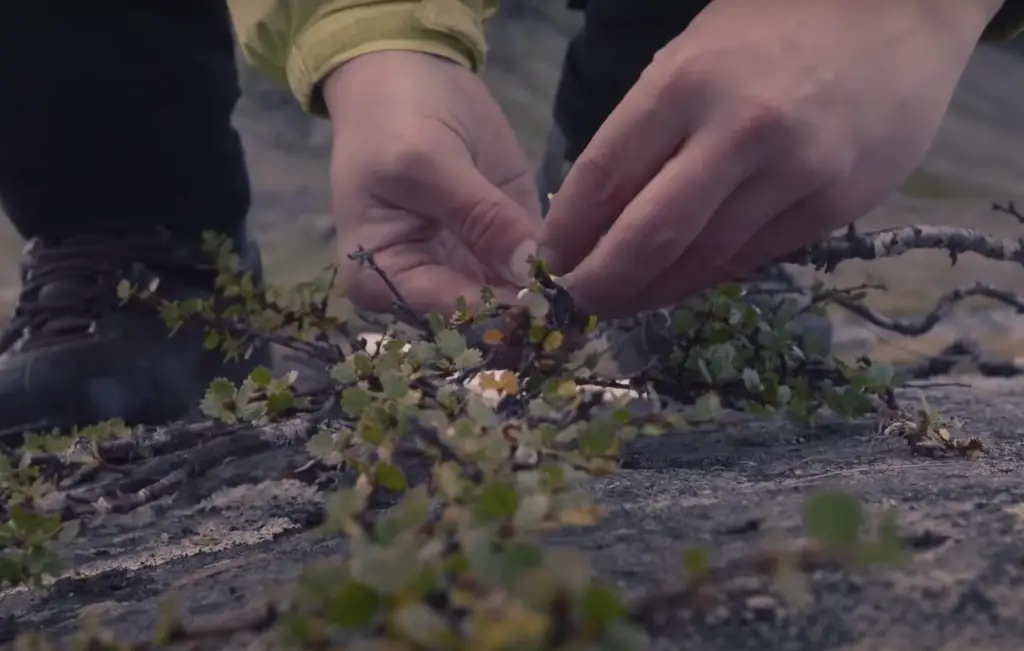
They also tend to grow faster and can reach heights of up to 80 feet with some varieties growing as tall as 100 feet. Aspen trees prefer more moist and acidic soils than birch trees, making them ideal for regions that get more rain or snowfall. Although both types of trees have similar characteristics, their different growth patterns and climate preferences make them distinct from one another.
Why is poplar so popular?
It is affordable, lightweight yet strong, and resistant to rot. Poplar is also easy to work with, allowing it to be sawn, planed, routed, bent or stained to create the desired look. In addition to furniture making and other woodworking projects, poplar can be used for carving sculptures, musical instruments and even toys! Its versatility makes it a great material for any project that requires strength and durability at an affordable price. Lastly, poplar wood holds up well against pests such as termites and carpenter ants.
Useful Video: Birch, Aspen, and Poplar in Alaska National Parks.
To Sum Up
Planting a garden with the combination of poplar and birch trees can truly benefit your backyard space. Not only are these two trees aesthetically appealing, but they also provide a great amount of shade for plants, animals and people alike. Moreover, their versatility makes them perfect no matter the size or shape of your yard. Finally, planting can help create a paradise in your backyard—a calming atmosphere with breezes that gently rustle through the leaves and chirping birds singing among the branches. In short, this is an environmentally sound decision that adds beauty to any landscape. So why not add some charm to your home while simultaneously creating a healthier outdoor living space? With the right strategy and care, you’ll be able to enjoy the benefits of these magnificent trees for years to come!
References:
- https://leafyplace.com/poplar-trees/
- https://www.treehugger.com/the-hybrid-poplar-1343352
- https://www.thespruce.com/popular-poplar-trees-5093743
- https://www.asiafarming.com/how-to-grow-poplar-tree-a-guide-to-propagation-planting-and-care
- https://leafyplace.com/birch-trees/
- https://herbvity.com/birch-tree-vs-poplar-tree/
- https://www.thespruce.com/twelve-species-cultivars-of-birch-trees-3269660
- https://www.theplantaide.com/articles/difference-between-poplar-and-birch.html








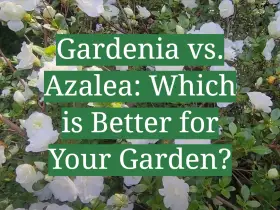
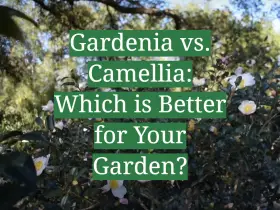
Leave a Reply
View Comments